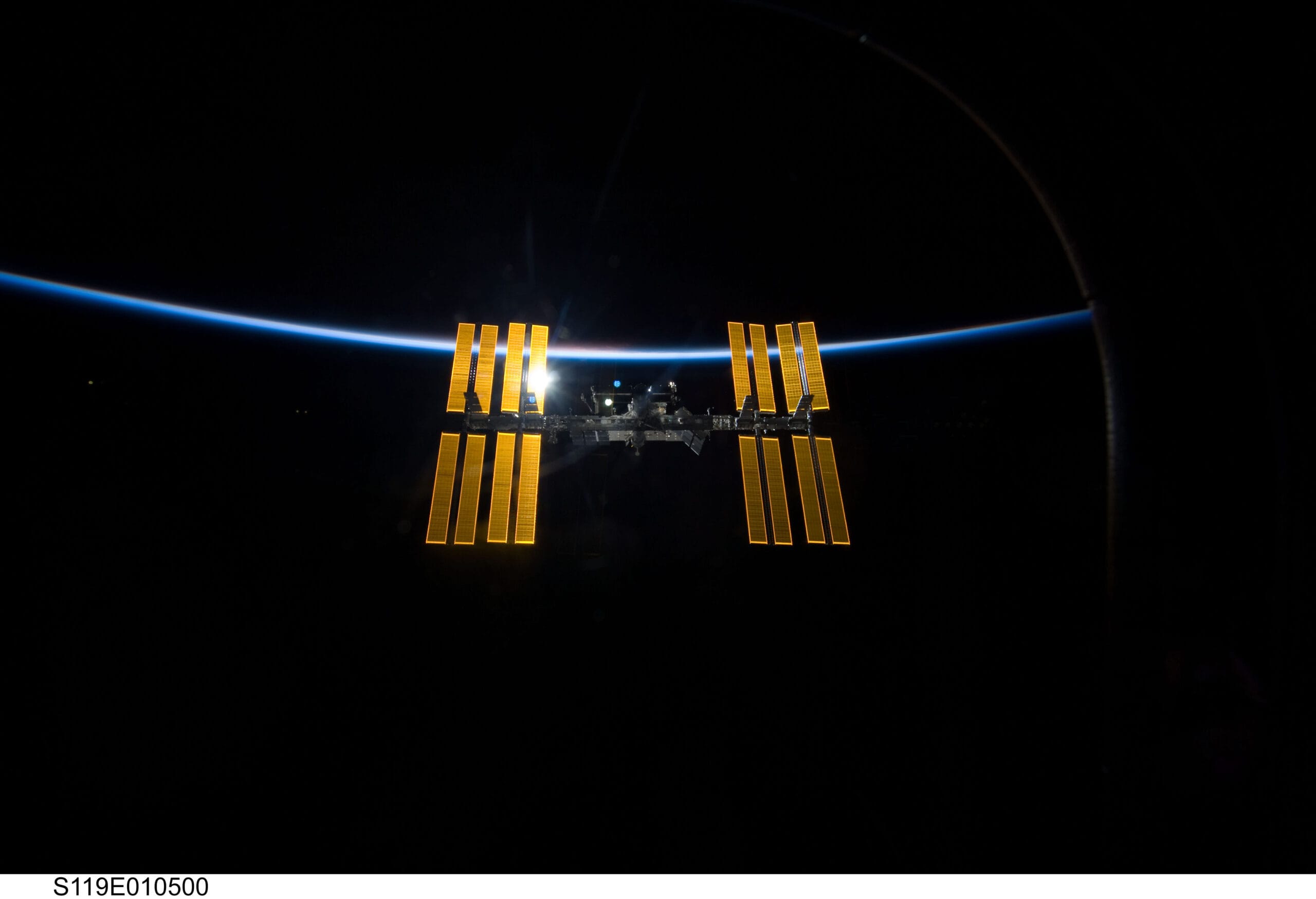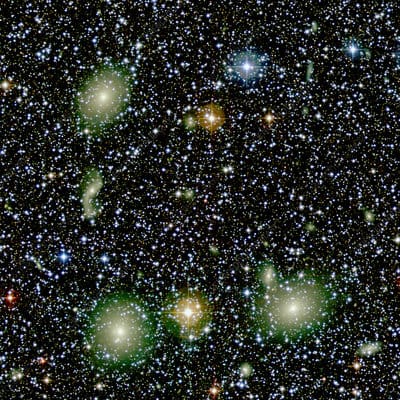NASA continues to break barriers, this time in digital communication, as the organization prepares for its first live broadcast from space on the popular streaming platform Twitch. Known for its live gaming streams and interactive community features, Twitch will serve as the medium for an unprecedented event where the public can interact directly with astronauts aboard the International Space Station (ISS).
The groundbreaking stream will take place on February 12 and is slated to start at 11:45 AM ET. The event will feature astronauts Don Pettit, a current resident aboard the ISS, and Matt Dominick, who recently returned from his orbital tenure. The chat will be hosted on NASA’s official Twitch channel, which has already garnered over 1.3 million followers.
This initiative is part of NASA’s broader commitment to using digital platforms to engage younger audiences and make space exploration more accessible to the public. “Twitch is one of the many digital platforms we use to reach new audiences,” stated the agency in its announcement.
### Engineering a Stream from Space
Doing a live broadcast from space is no small feat. The International Space Station orbits Earth approximately 250 miles above the planet’s surface, traveling at a speed of 17,500 miles per hour. Achieving stable communication quality under these conditions requires an intricate setup of space-grade cameras, microphones, and high-speed internet that connects the ISS to Earth through NASA’s communications network.
NASA’s mission reflects a broader ambition of modernizing the image of space exploration beyond just launches and landings. The U.S. space agency hopes the stream will complement its other media initiatives, which already include live spacewalks, scientific presentations, and a 24/7 YouTube feed of Earth as seen from the ISS.
For the Twitch event, NASA aims to use the platform’s interactive features to allow audiences to submit live questions during the stream. The topics will likely range from astronaut training and adaptation to space living to the intricacies of scientific experiments conducted in microgravity conditions.
### Bringing Space Down to Earth
NASA’s use of Twitch marks the first direct foray into social-driven, live content from space. While the agency has utilized multiple streaming platforms to broadcast significant events such as crew capsule tests, launches, and scientific discoveries, this effort stands out due to its focus on direct audience interaction.
The move also signals a shift in how space agencies communicate with the public. Previous efforts have typically targeted established media outlets and educational institutions, but Twitch, known predominantly for its younger, gaming-centered audience, represents uncharted territory. By leveraging such a platform, NASA not only informs the public but also inspires younger generations to engage with science and engineering.
Astronauts Pettit and Dominick are well-suited for this new frontier in public outreach. Pettit, who is already an experienced science communicator, has a history of explaining complex scientific procedures to non-expert audiences in an approachable manner. Meanwhile, Dominick brings his own engaging perspective to the discussion, offering insights on reintegration after returning to Earth.
### A Gateway to the Future
NASA officials hope this initial Twitch foray leads to a series of similar events, fostering ongoing communication between astronauts and Earth’s residents in real-time. Future streams could involve different crew members aboard the ISS or even extend to other mission contexts, such as rover explorations on Mars or lunar surface activities planned under the Artemis program.
NASA isn’t alone in exploring new ways to engage the public with space science. Organizations like SpaceX and Blue Origin also leverage livestreaming for launches, test flights, and spacewalk simulations. However, NASA’s deliberate effort to connect with audiences through an interactive, community-driven platform like Twitch sets it apart and reiterates its commitment to inclusivity and innovation.
The planned stream could not have come at a better time. With a renewed focus on lunar exploration through Artemis and eventual missions to Mars, bringing cutting-edge science into people’s homes vividly helps build public fascination. It also provides transparency, ensuring taxpayers witness the accomplishments of these expensive yet pioneering endeavors.
As the scheduled date approaches, anticipation builds not only for the content of the stream but for the larger implications it holds for space exploration and human connection. For one day, people worldwide will gather online to break the ultimate boundary between Earth and the cosmos.



